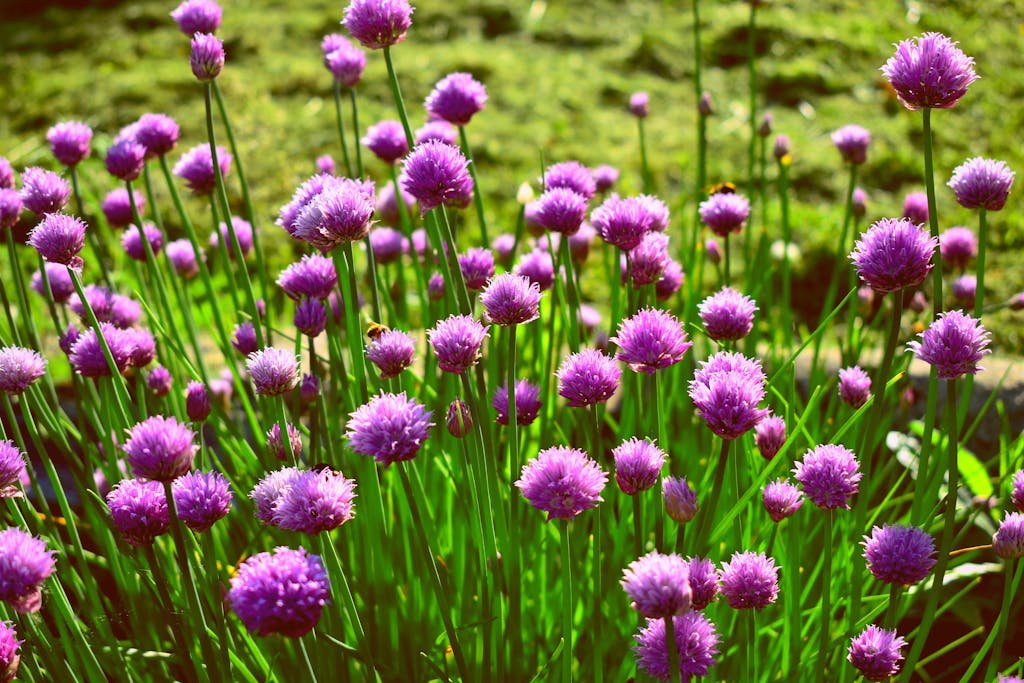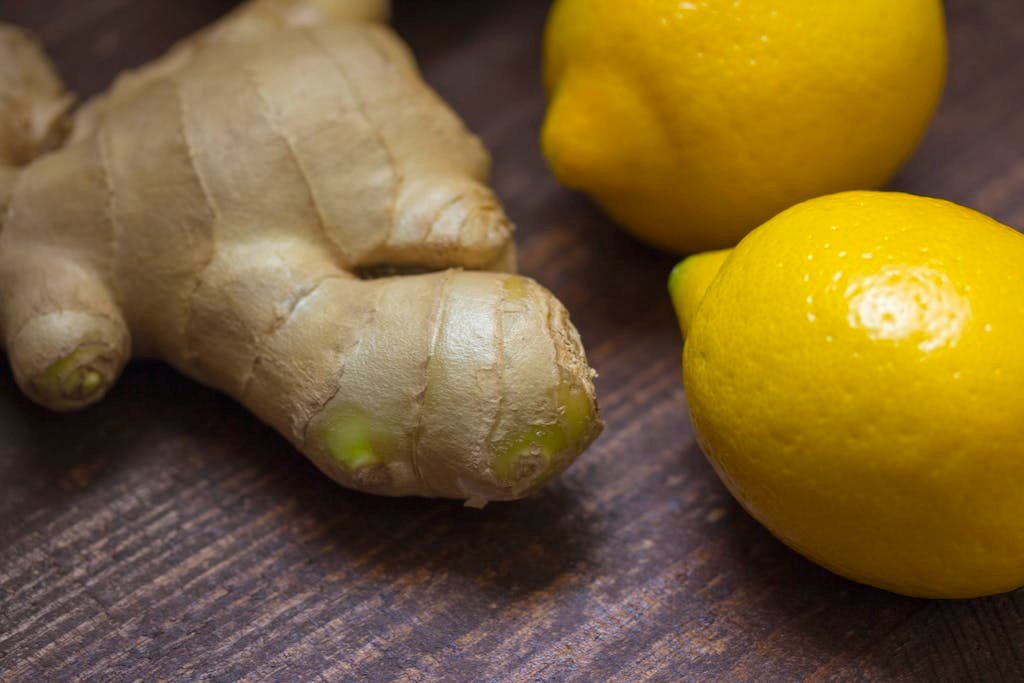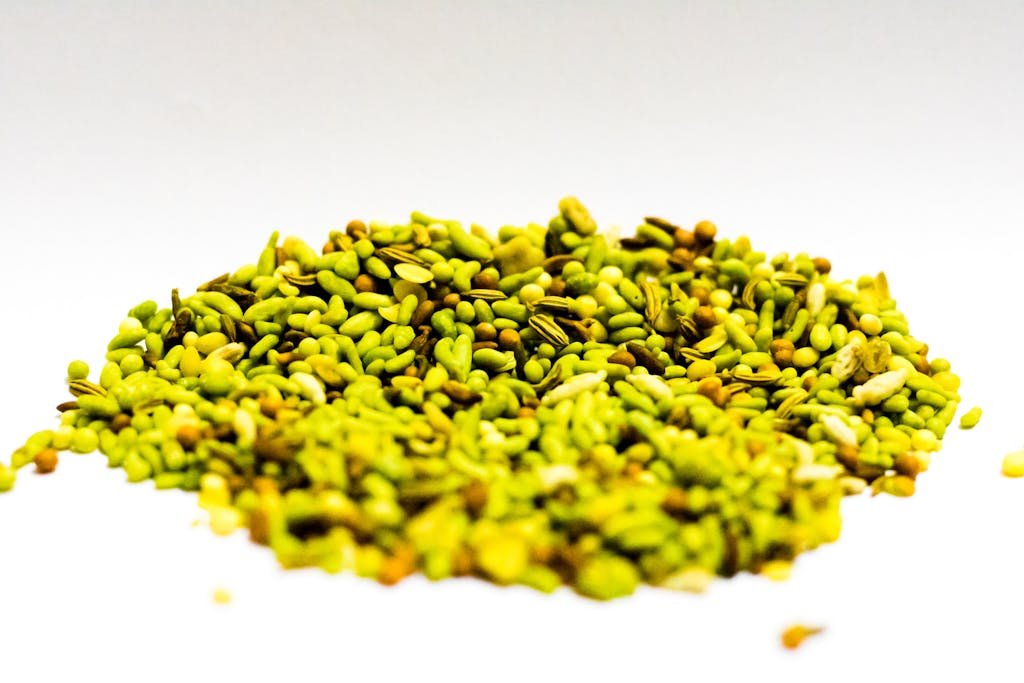Wintergreen – (Gaultheria procumbens)
Wintergreen Gaultheria procumbens, often simply called wintergreen, is a fascinating plant that’s not just a feast for the eyes but also a treasure trove of benefits. This evergreen shrub, native to North America, is renowned for its vibrant red berries and rich, minty aroma that’s as refreshing as a crisp winter morning.
What makes wintergreen truly stand out is its versatile use in traditional medicine and modern-day products. From soothing sore muscles to flavoring our favorite toothpaste, wintergreen’s oil has made it a household name. Dive into the world of wintergreen, where nature meets necessity in the most aromatic way.
Key Takeaways
- Wintergreen Gaultheria procumbens, a native North American evergreen shrub, is celebrated for its vibrant red berries and rich minty aroma, which contribute to its widespread use in both traditional medicine and modern-day products such as toothpaste and muscle soothers.
- The plant contains methyl salicylate, a compound similar to aspirin, which accounts for its pain-relieving properties. This makes it a key ingredient in topical creams, ointments, and aromatherapy oils aimed at soothing muscle and joint discomfort.
- Wintergreen plays a crucial ecological role, thriving in shaded, moist soils and contributing to forest biodiversity by providing food for wildlife and aiding in soil stabilization, showcasing its importance beyond human use.
- Traditional uses of Wintergreen by Native Americans include brewing it into teas to combat respiratory conditions and making poultices for pain and inflammation relief, highlighting its significant role in folk medicine.
- In contemporary wellness, Wintergreen’s oil is distilled for use in pain relief and anti-inflammatory products, oral health care, and as a fragrance in aromatherapy, demonstrating its versatility and continuing relevance in modern medicine and therapeutic practices.
- While wintergreen oil offers numerous benefits, it must be used with caution, particularly due to its high methyl salicylate content. It is advised to dilute it before topical application and consult healthcare professionals before use, especially for those with sensitive skin, pregnant women, and children.
Origins of Wintergreen Gaultheria procumbens
Wintergreen Gaultheria procumbens, often simply known as wintergreen, is a plant steeped in a rich history and widespread folklore. Boasting vibrant red berries and a distinctive minty scent, it’s no surprise that this plant has been a staple in various cultures and medicinal practices for centuries. Native to North America, wintergreen has flourished in the cool, forested regions, finding its home in the understory where it enjoys the shade and moist soil.
Historically, Native American tribes were the first to discover and utilize the myriad benefits of wintergreen. They used it not only as a medicinal herb but also in spiritual practices and ceremonies. From brewing tea to fend off respiratory infections to creating poultices for soothing aching muscles, wintergreen’s versatility was highly valued. This indigenous knowledge laid the groundwork for its incorporation into European settlers’ pharmacopeia in the 17th and 18th centuries, marking the beginning of its journey into the broader realm of traditional and modern medicine.
Research into Gaultheria procumbens has shed light on the science behind the folklore, confirming many of the traditional uses upheld by Native American practices. Studies have found that the plant contains methyl salicylate, a compound similar to aspirin, which accounts for its pain-relieving properties. Furthermore, its oil is highly sought after in aromatherapy and the production of topical creams aimed at soothing muscle and joint discomfort.
The ecological aspect of wintergreen’s origin story is fascinating in its own right. Adapting to survive in low-light environments, Gaultheria procumbens has developed a unique relationship with its ecosystem, contributing to the biodiversity and health of forest floors. By producing berries that attract wildlife, it plays a significant role in seed dispersal, ensuring the continuation of its species and the stability of its habitat.
As wintergreen continues to spread across North America, its story weaves through the tapestry of human and ecological history, highlighting a plant that is as resilient as it is beneficial.
Characteristics of Wintergreen Gaultheria procumbens
Wintergreen Gaultheria procumbens, often simply referred to as wintergreen, boasts a range of distinctive features that set it apart in the plant kingdom. This evergreen shrub is native to North America, thriving in the understory of forests from Newfoundland to Manitoba and south to Alabama. It forms low-growing mats that often spread across the forest floor, creating patches of vibrant green amid the leaf litter.
Physical Description
Wintergreen’s leathery, dark green leaves persist throughout the year, offering a splash of color even in the depths of winter. In the summer, the plant produces white, bell-shaped flowers that give way to bright, red berries by fall. These berries can last through the winter, providing a crucial food source for wildlife when other resources are scarce. Standing no more than 6 inches tall, wintergreen is a modest plant, yet its refreshing minty aroma when crushed or steeped is unmistakable and potent.
Chemical Composition and Uses
One of wintergreen’s most notable characteristics is its rich methyl salicylate content, a compound that gives the plant its signature scent. Methyl salicylate is used widely in pain relief creams, ointments, and aromatherapy oils for its anti-inflammatory and analgesic properties. This chemical composition has been the subject of numerous studies, confirming its efficacy in soothing muscle and joint pain. Research published in the Journal of Alternative and Complementary Medicine highlights wintergreen oil’s role in traditional and modern medicine, underscoring its potential therapeutic benefits.
Ecological Role
Beyond its uses for humans, wintergreen plays a significant role in its ecosystem. Its ability to thrive in shaded, acidic soils makes it an important ground cover in forested areas, where it helps prevent soil erosion and maintains moisture levels. Moreover, the berries are a vital food source for various bird species during the winter months, thus contributing to the biodiversity and ecological balance of its habitat.
By understanding the characteristics of Wintergreen Gaultheria procumbens, one gains insight into the resilience and importance of this plant species. Its contributions to both natural ecosystems and human well-being are invaluable, illustrating the interconnectedness of life and the benefits of preserving such diverse flora.
Traditional Uses of Wintergreen Gaultheria procumbens
Wintergreen Gaultheria procumbens, with its rich history and traditional applications, has played a significant role in folk medicine across various cultures, especially within Native American communities. Esteemed for its potent medicinal properties derived largely from its high methyl salicylate content, wintergreen has been a staple in natural remedies for centuries.
Traditionally, wintergreen leaves were chewed by Native Americans to increase lung capacity and combat respiratory conditions. This practice not only showcased the herb’s versatility but also its significance in traditional medicine, marking it as a crucial component in the holistic healthcare of indigenous peoples.
Beyond its respiratory benefits, wintergreen found its place in alleviating pain and inflammation. The leaves were often brewed into teas or transformed into poultices applied directly to afflicted areas. This application provided natural relief for sore muscles, joint pain, and arthritis. The analgesic properties of methyl salicylate, closely resembling aspirin in its action, made wintergreen a natural alternative to synthetic pain relievers.
In addition to pain management, wintergreen was historically used as a flavoring agent in teas and toothpaste, a testament to its aromatic and minty flavor. Its antiseptic properties were prized in the prevention of infections and maintenance of oral health, illustrating the multifaceted uses of this evergreen shrub.
The use of wintergreen in traditional medicine has garnered interest in scientific research aiming to validate these practices. Studies exploring the anti-inflammatory and analgesic effects of methyl salicylate underscore the therapeutic potential of wintergreen, affirming its role in both traditional and contemporary medicine settings.
By blending historical applications with modern research, the traditional uses of wintergreen Gaultheria procumbens highlight the enduring relevance of this plant in natural medicine. Its ability to soothe, heal, and refresh underscores the wisdom of traditional practices, continuing to inspire further exploration into its myriad of health benefits.
Modern Applications of Wintergreen Gaultheria procumbens
In the realm of contemporary wellness and medicine, Wintergreen Gaultheria procumbens has found its place as a powerhouse of benefits, far beyond its traditional applications. Today, it’s widely incorporated into various products for its therapeutic properties, particularly due to its rich methyl salicylate content, akin to aspirin, which underlines its relevance in modern times.
In Pain Relief and Anti-Inflammatory Products
Wintergreen oil, distilled from the leaves of Gaultheria procumbens, is a staple in pain relief and anti-inflammatory formulas. Research published in The Journal of Alternative and Complementary Medicine supports its effectiveness in easing muscle and joint pain. Its analgesic properties make it a popular ingredient in:
- Topical creams and ointments
- Massage oils
- Liniments for athletes
Manufacturers often highlight wintergreen oil in their products for its ability to penetrate the skin and provide quick relief from soreness and inflammation.
Oral Health Applications
The antiseptic qualities of wintergreen have been leveraged in oral healthcare products. Methyl salicylate acts as a potent breath freshener and is effective in combating harmful bacteria. Consequently, wintergreen is found in:
- Toothpastes
- Mouthwashes
These applications underscore its dual role in promoting oral health and hygiene while ensuring a pleasant breath.
Aromatherapy and Fragrance
The crisp, minty aroma of wintergreen makes it a favorite in aromatherapy. It’s believed to invigorate the senses, reduce stress, and enhance mental clarity. Furthermore, its refreshing scent has led to its inclusion in:
- Essential oil blends
- Perfumes
- Air fresheners
Its fragrance not only soothes the mind but also creates a clean, uplifting environment in homes and workplaces.
Safety Considerations
Despite its benefits, it’s crucial to approach wintergreen oil with caution. Due to its high methyl salicylate content, it should be used in moderation and always diluted before topical application. Those with sensitive skin, pregnant women, and children are advised to consult healthcare professionals before use.
Wintergreen Gaultheria procumbens in Aromatherapy
Wintergreen Gaultheria procumbens, often heralded for its crisp, minty scent, has carved a niche within aromatherapy circles. The essential oil extracted from its leaves is a staple in many aromatic practices, offering a range of benefits that extend beyond its invigorating aroma.
In aromatherapy, wintergreen oil is lauded for its ability to uplift the mood, purify the mind, and invigorate the senses. Its strong, minty fragrance is both stimulating and soothing, making it an excellent choice for enhancing mental clarity and alleviating emotional stress. A study published in the Journal of Alternative and Complementary Medicine found that essential oils, including wintergreen, can significantly reduce stress and anxiety levels when inhaled.
Wintergreen oil’s characteristic scent also plays a pivotal role in creating a comforting atmosphere. It’s used in diffusers, oil blends, and personal care products not only for its fragrance but for its therapeutic properties. Its primary component, methyl salicylate, is known for its analgesic effects, which can contribute to reducing pain perceptions when inhaled.
Moreover, wintergreen oil blends harmoniously with other essential oils, such as peppermint, eucalyptus, and lavender, enhancing its efficacy in aromatherapy. These combinations are often used in massage oils, bath salts, and inhalers, providing a synergistic effect that amplifies relaxation and wellbeing.
While the benefits of wintergreen in aromatherapy are well-documented, it’s crucial to use the oil responsibly. Due to its high methyl salicylate content, it should always be diluted and used in moderation. Individuals with sensitive skin, pregnant women, and children should consult healthcare professionals before incorporating wintergreen oil into their aromatherapy practices.
By integrating wintergreen Gaultheria procumbens into aromatherapy routines, individuals can harness its refreshing aroma and therapeutic properties to enhance mental, emotional, and physical wellbeing.
Conclusion
Wintergreen Gaultheria procumbens stands out as a versatile plant with a rich history and a wide array of modern applications. Its therapeutic properties, especially the high methyl salicylate content, make it a staple in many wellness and medical products. From pain relief formulas to oral healthcare and aromatherapy, wintergreen oil continues to benefit people seeking natural remedies. Its ability to blend with other essential oils enhances its appeal in creating soothing environments and promoting overall wellbeing. While its benefits are vast, it’s important to use wintergreen oil with care, respecting its potency and consulting healthcare professionals as needed. Wintergreen’s contribution to contemporary wellness practices underscores its enduring value and the ongoing interest in natural, plant-based solutions for health and comfort.




